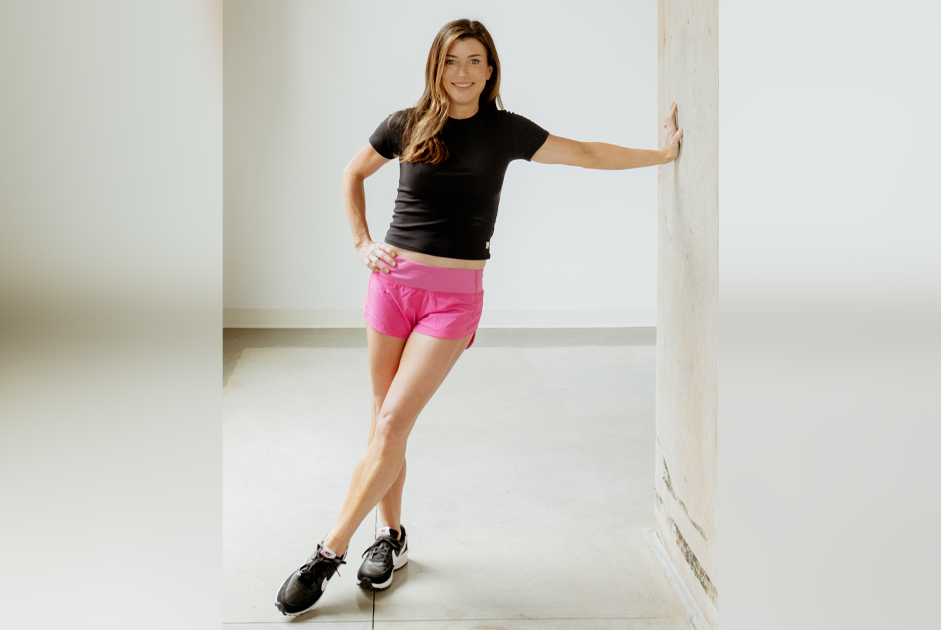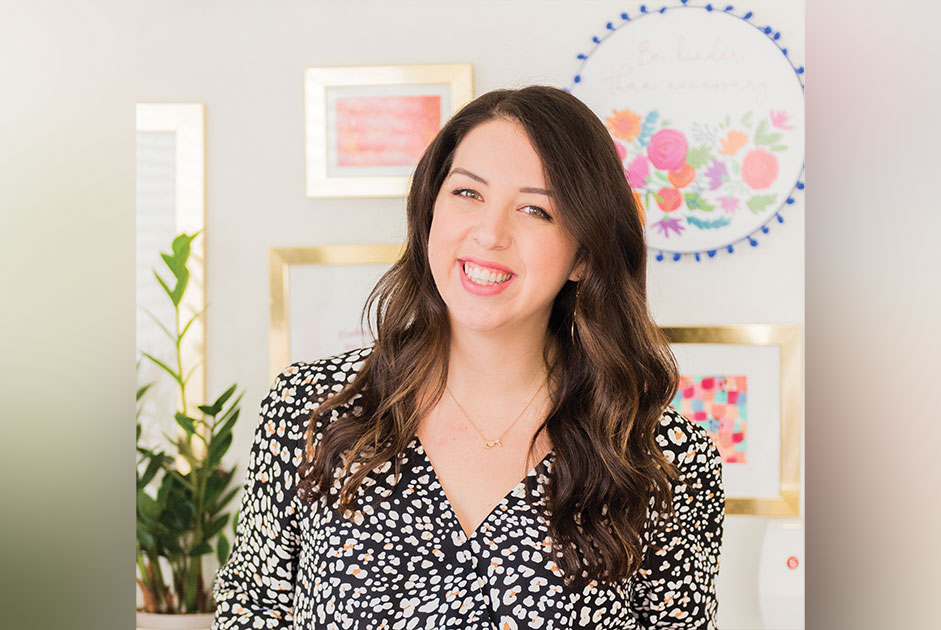I’m not one to follow a recipe to a tee. Or, to a T, if you prefer. In my book, the specific combination of ingredients, measurements, temperature settings and cook times is simply someone’s idea of perfection – one I prefer to take with a grain of salt. After all, if recipes were culinary gospel, then others wouldn’t brag about how they added this, didn’t bother with that, and ended up with something even better.
I like the fact that I possess a cavalier confidence about cooking.
My husband will ask: “Did you get this from a recipe?”
The most candid reply: “Well, sort of.”
What I don’t like is that this insouciance fails to transfer to other areas of my life, which can sometimes feel like I’ve signed up for a self-imposed, perpetual bootcamp.
Ah, the dilemma of loving routine and becoming a prisoner of it! I finally decided to do something about it by considering why my approach to cooking works so well for me. With all due respect to the Ina Gartens, Martha Stewarts and others too fancy to be on my radar, I realized that my personalized approach allows me to:
- eat the foods I love, just the way I like them
- dabble in experimentation and creativity
- eliminate boredom and redundancy
- and, not to be diminished: be the boss woman in my own kitchen
That reflection alone “empowered” me to keep going, to consider how I might shake things up and bring a bit more of that “cavalier confidence” to areas of my life where I’ve grounded myself in rigidity. What an exercise!
Here’s an example of a routine I’ve shaken up: I had held myself to a Monday/Wednesday morning time slot for my Pilates and Yoga workouts. That schedule was a holdover from the pre-COVID era when I worked out at a gym. It’s a pattern I continued to follow even though I didn’t need to as I have been working out at home (Thank you, YouTube!) for the last two years. I have reset “twice a week” to “two hours a week,” however I make that happen. This flexibility hasn’t loosened my commitment one iota. In fact, I often find myself doing three or four hours a week and enjoying it all the more.
Don’t get me wrong; when our routines continue to serve us well, we shouldn’t feel compelled to change them. But for those that begin to hamper more than help, some shaking up may be in order Here’s how:
- Identify an activity that you are committed to – one that’s not enslaved to a routine. For me it was cooking. For you it might be housekeeping, yardwork, practicing the piano, or staying connected with your closest friends.
- Specify how this approach makes you feel, and how it benefits you. In other words, get clear about why a looser approach works. Maybe it’s because it keeps the resentment of having to do something at bay, or that you’re able to fit things in better, or that it’s more enjoyable to take action when the inspiration and the energy strike.
Now that you’re clear about what makes a more flexible approach work, shift gears:
- Make a list of the key routines you’ve established. There is no one-size-fits-all here; it’s your list. You know what to include.
- Evaluate how each routine benefits you or helps you achieve your goals. In other words, ask “Is this still working?” You may find that some routines are working just fine, and others cause you to pause. For the latter…
- Home in on how these routines get in your way or stress you out. A routine shouldn’t feel like a straight jacket; it should serve you. Most can, with a little adjustment now and then.
- Practice a bit of cavalier confidence by making those little adjustments. During COVID, my friend and I worked out together on Mondays and Wednesdays. Then, life happened and we stopped. Now, with our “flexible routines” well-established, we’re thinking about getting together once a month, doing a workout, and then indulging in some “Coffee and…”



















